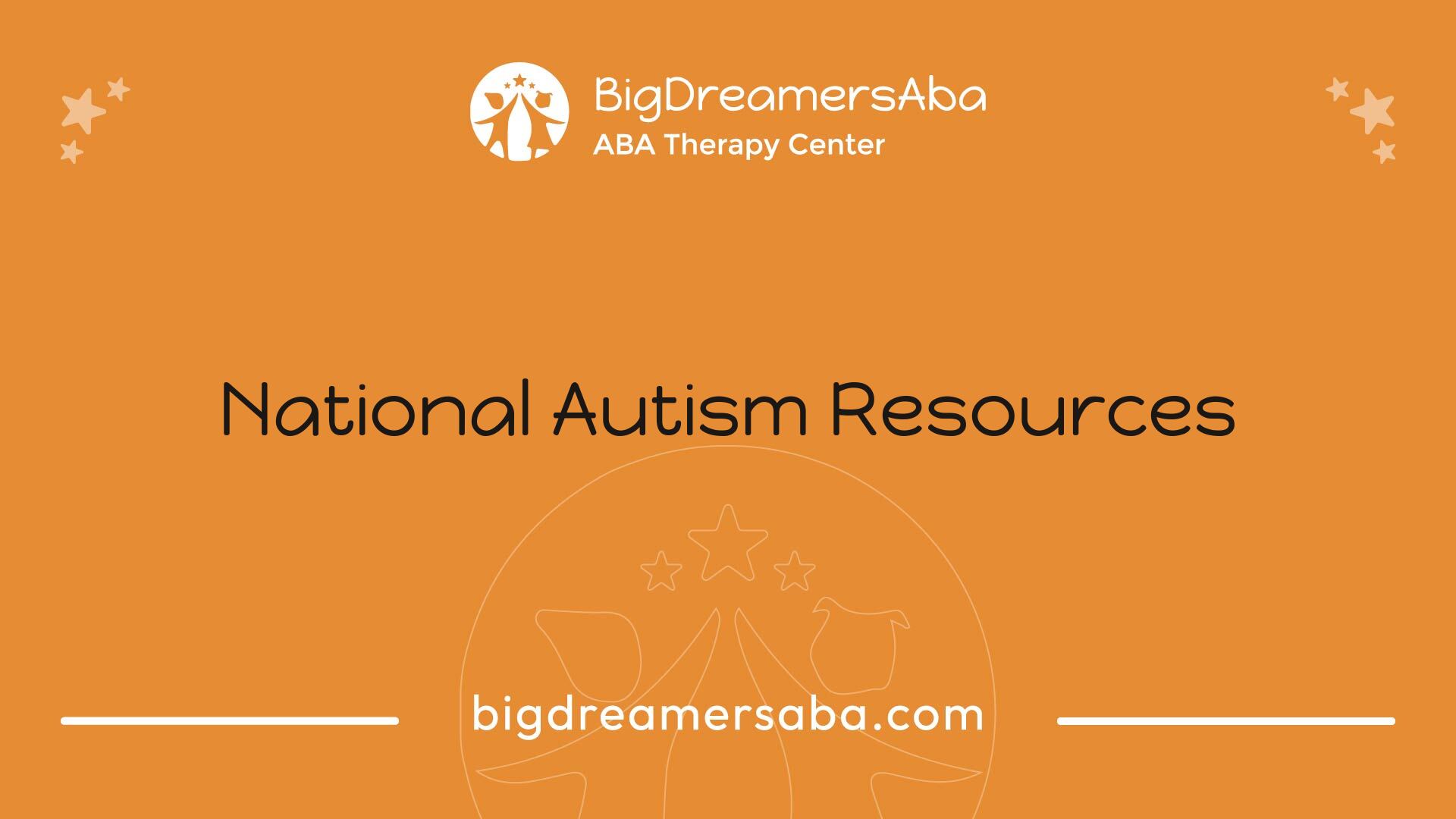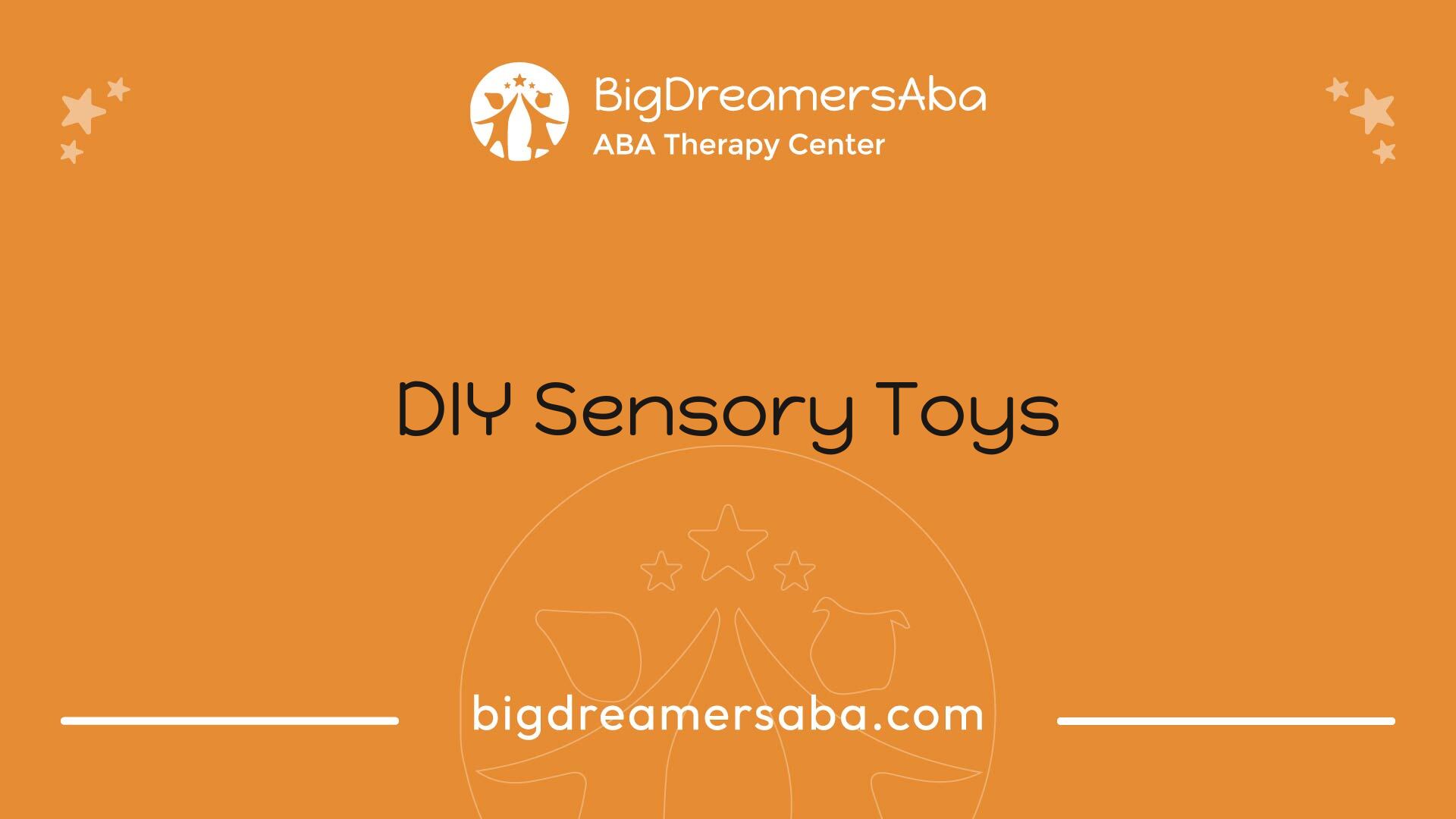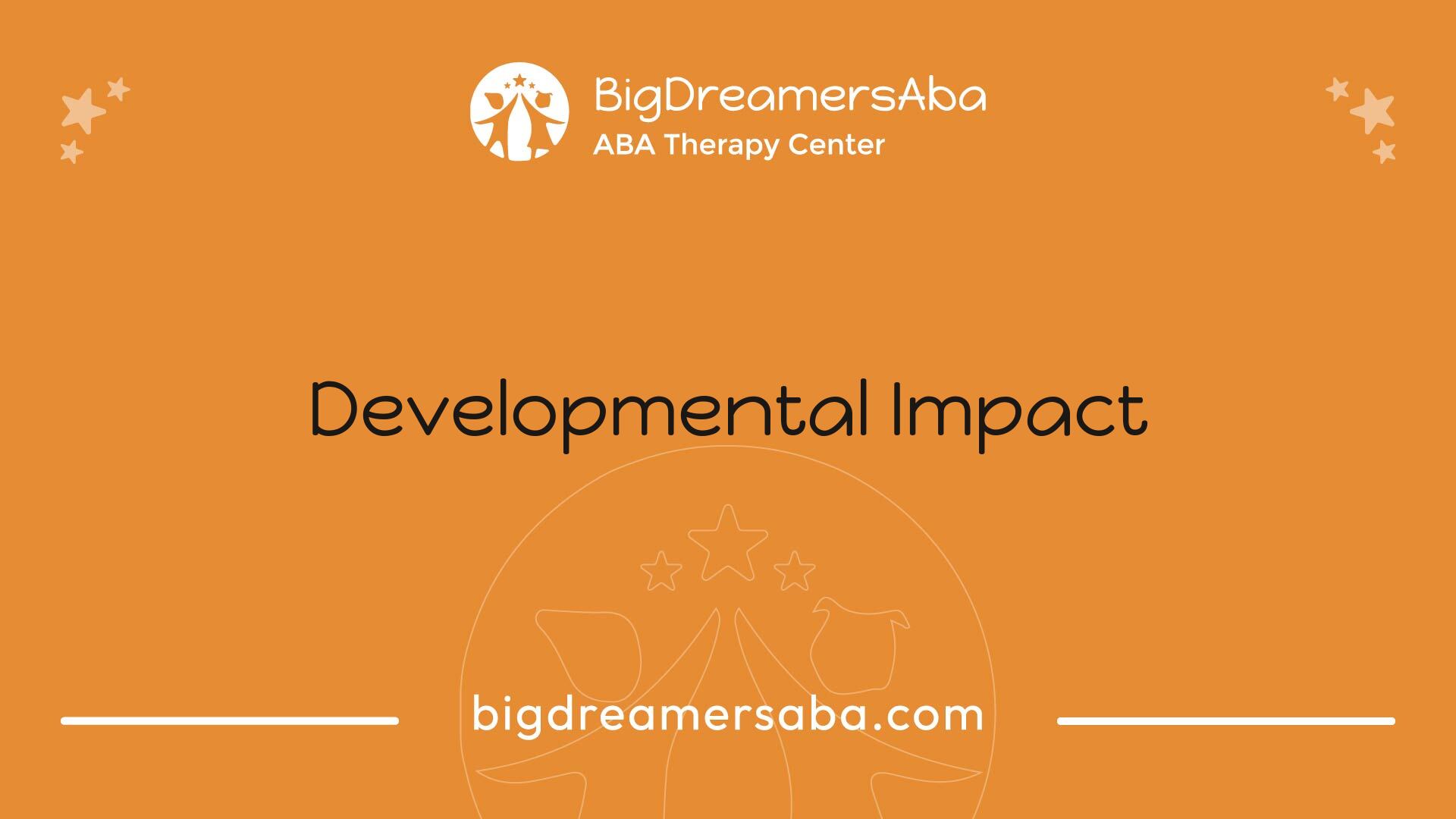Must-Have Sensory Toys for Autism
Discover essential sensory toys for autism that enhance playtime and support development for every child.


Understanding Sensory Toys
Importance of Sensory Toys
Sensory toys play a crucial role in supporting children on the autism spectrum. They provide a safe and natural environment for sensory exploration and play. This type of play allows children to learn and develop in enjoyable and meaningful ways. Sensory toys are designed to stimulate a child's five senses—sight, sound, touch, smell, and taste—offering controlled sensory input. This input assists in regulating their sensory experiences in a supportive manner, leading to improved sensory processing and integration [1].
Importantly, the significance of sensory toys has been acknowledged following the inclusion of sensory sensitivities in the diagnostic criteria for autism by the American Psychiatric Association in 2013. This recognition underscores the need for effective tools to help children navigate their sensory world.
Benefits for Children with Autism
Sensory toys offer multiple benefits to children with autism, contributing to their overall well-being and development. These toys assist in the development and integration of sensory experiences, enabling children to relax, focus, and calm down. The advantages of sensory toys can extend beyond mere playtime, impacting various daily environments and scenarios.
A few key benefits of sensory toys for autism include:
BenefitsDescriptionImproved Sensory ProcessingEnhances the child's ability to process sensory information.Enhanced Focus and AttentionHelps children concentrate better during activities.Calming EffectsProvides comfort during stressful situations or sensory overload.Encouragement of ExplorationPromotes play and interaction, fostering social skills.
For more information on how sensory toys benefit children, visit our article on the benefits of sensory toys. Understanding these benefits can guide parents and caregivers in selecting the right tools to support children with autism in their sensory development journey.

Choosing the Right Sensory Toys
Selecting the appropriate sensory toys for children with autism requires careful consideration. Understanding individual needs and preferences can make a significant difference in their sensory experiences.
Factors to Consider
When choosing sensory toys for autism, several factors should be taken into account:
FactorConsiderationsAgeEnsure the toys are age-appropriate and safe for the child.Sensory PreferencesObserve which senses the child responds to (sight, sound, touch, etc.).SafetyVerify that toys are non-toxic and free from small parts that can pose choking hazards.DurabilityOpt for toys that can withstand rough handling, especially with energetic players.InterestConsider the child's personal interests to encourage engagement and play.Therapeutic InputAssess if the toy provides the necessary sensory feedback (e.g., weighted toys for calming).
Selecting toys that align with these factors can support a child’s engagement and make their playtime more meaningful.
Tailoring Toys to Individual Needs
Each child on the autism spectrum has unique preferences and sensitivities. Therefore, it’s essential to tailor the selection of sensory toys to meet individual needs:
Choosing the right sensory toys for autism will foster a supportive environment for sensory exploration and development. Understanding the nuances of each child's needs can lead to improved outcomes in their sensory integration journey. For more information on the impact of sensory toys, check out our article on the benefits of sensory toys.

Types of Sensory Toys
Sensory toys play a vital role in assisting children with autism by engaging their senses and promoting relaxation and focus. Two significant categories of sensory toys are visual stimulation toys and auditory stimulation toys, each designed to address specific sensory needs.
Visual Stimulation Toys
Visual stimulation toys are crafted to engage the visual senses and aid in developing visual perception. These toys can be particularly beneficial for children with autism who may struggle with processing visual sensory information. Examples of effective visual toys include sensory reflective balls and visually captivating items like the Moon Light.
Visual Stimulation ToyPurposeSensory Reflective BallsDevelop visual sense and spatial awarenessMoon LightCreate a calming and engaging visual environmentLight-Up ToysEnhance visual stimulation through lights and patterns
These toys often feature vibrant colors, patterns, and lights, creating an engaging visual environment that can help children focus and develop their cognitive skills. For more information on the benefits of sensory toys, check out our article on benefits of sensory toys.
Auditory Stimulation Toys
Auditory stimulation toys are designed to engage the sense of hearing, incorporating sounds and music to provide stimulating experiences for children. These toys play an essential role in helping children with autism develop their auditory skills, improve communication, and integrate sensory information. They encompass a variety of features such as lights, sounds, and patterns to captivate attention and encourage interaction.
Auditory Stimulation ToyPurposeSound-Activated ToysEncourage auditory processing and responsivenessMusical InstrumentsEnhance cognitive development through rhythm and soundToys with Nature SoundsProvide calming auditory experiences
Auditory stimulation toys offer children opportunities to explore sound and learn to distinguish different auditory signals, fostering communication skills. For those interested in broader sensory insights, consider reading about understanding sensory processing issues in autism.
In combining different types of sensory toys, caregivers can create a dynamic environment that meets each child's unique sensory needs, facilitating growth and development in a supportive atmosphere.

DIY Sensory Toys
Creating sensory toys at home can be an effective way to provide engaging and tailored experiences for children with autism. These DIY sensory toys can cater specifically to individual sensory needs and preferences while being cost-effective.
Creating at Home
DIY sensory toys can be made using everyday household items and repurposed materials. This approach not only saves money but also provides an opportunity for caregivers and children to bond during the crafting process. Here are a few ideas for DIY sensory toys:
Toy IdeaMaterials NeededSensory BottlesEmpty plastic bottles, water, glitter, beads, food coloringTexture BoardsCardboard, various textures (felt, sandpaper, bubble wrap)Calming JarsMason jars, water, glitter, glueSensory BagsZiplock bags, hair gel or water, small toys
For detailed instructions on creating these sensory toys at home, see our article on free sensory toys for autism. Engaging children in the creation process ensures that the toys are appealing and tailored to their preferences.
Personalizing for Effectiveness
Personalization is crucial when making sensory toys, as each child has unique interests and sensory preferences. By adapting the sensory toys to their specific likes, one can enhance their engagement and promote effective sensory exploration. Consider the following strategies for personalizing DIY sensory toys:
By utilizing these personalization techniques, DIY sensory toys can become more effective in meeting sensory needs. For more tips on how to establish a sensory-friendly environment, check out our resource on creating a sensory-friendly environment.
The hands-on approach of making these toys fosters creativity and understanding of sensory needs while enriching playtime and learning experiences for children with autism.

Sensory Toys for Tactile Stimulation
Tactile stimulation is crucial for children with autism, allowing them to engage their sense of touch while developing essential skills. Sensory toys designed for this purpose can provide various textures and materials that excite and motivate.
Textures and Materials
Sensory toys that focus on tactile experiences can come in a range of textures and materials. These toys may include soft fabrics, bumpy surfaces, squishy materials, or even items that combine different textures. Engaging with these various textures can enhance sensory experiences, aiding in developing skills such as hand-eye coordination and visual awareness.
Texture TypeExamplesBenefitsSoftPlush balls, fabric squaresComfort, soothing touchBumpyTextured balls, sensory matsEnhances tactile explorationSquishyStress balls, sensory puttyDevelops grip strengthSlimyGel-filled toys, slimeImproves fine motor skills
Individuals with autism can benefit greatly from these sensory toys as they engage the sense of touch, while also promoting various developmental skills [2].
Developing Fine Motor Skills
In addition to providing sensory input, tactile sensory toys can aid in developing fine motor skills. Activities that involve gripping, squeezing, or manipulating these toys help strengthen small hand muscles and improve coordination. This is particularly important for children on the autism spectrum, as these skills are essential for everyday tasks like writing, buttoning shirts, and other self-care activities.
Using sensory toys specifically designed for fine motor development can include tools like tweezers with beads, textured puzzles, or even DIY sensory tables constructed to fill with various tactile materials. These engaging activities can have a lasting impact, benefiting children as they grow and encounter more complex challenges in daily life.
For more ideas on creating engaging play environments, explore sensory tables for autism or consider DIY sensory tables for autism. Understanding these needs is vital for tailoring the sensory experience for each child effectively, especially when navigating sensory modulation disorder in autism.
Sensory Toys for Cognitive Development
Promoting Cognitive Growth
Sensory toys play a crucial role in promoting cognitive growth for children with autism. These toys provide textural stimulation that engages the sense of touch through various textures, vibrations, temperatures, and weights. This engagement can help in developing essential skills such as hand-eye coordination, visual awareness, and auditory responses. Sensory toys foster an interactive environment that encourages exploration and discovery, ultimately aiding cognitive development.
Benefits of Cognitive Growth through Sensory Toys
Skill DevelopedDescriptionHand-eye CoordinationEnhances the ability to coordinate visual input with physical movement.Visual AwarenessImproves the recognition of colors, shapes, and patterns.Auditory ResponsesEncourages responsiveness to different sounds and music.
Enhancing Cognitive Skills
In addition to promoting cognitive growth, sensory toys also enhance cognitive skills. These toys provide benefits such as stress relief, relaxation, and improved focus. They can activate or calm children, fostering engagement and participation in various activities. Sensory toys are designed to build cognitive skills, regardless of age or ability. For instance, they can help children learn about turn-taking during play, which is vital for social interaction. Such benefits, as noted by Brighter Strides ABA, are essential for children on the autism spectrum.
Key Enhancements in Cognitive Skills
Cognitive SkillImpactFocus and AttentionIncreases the ability to concentrate on tasks.Stress ReliefReduces anxiety and stress levels in challenging situations.Social InteractionPromotes sharing, cooperation, and turn-taking through play.
By integrating sensory toys into playtime, caregivers can provide children with engaging tools that support both cognitive growth and skill enhancement. For more on the benefits of sensory toys, refer to our article on benefits of sensory toys.
References
[2]:
Recent articles

How ABA Therapy Can Help Improve Focus and Attention in Children

Why ABA Therapy is the Gold Standard for Autism Treatment
